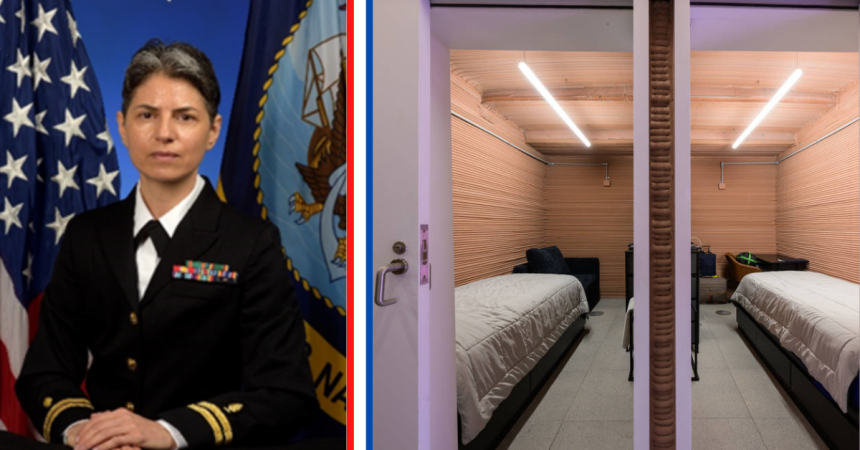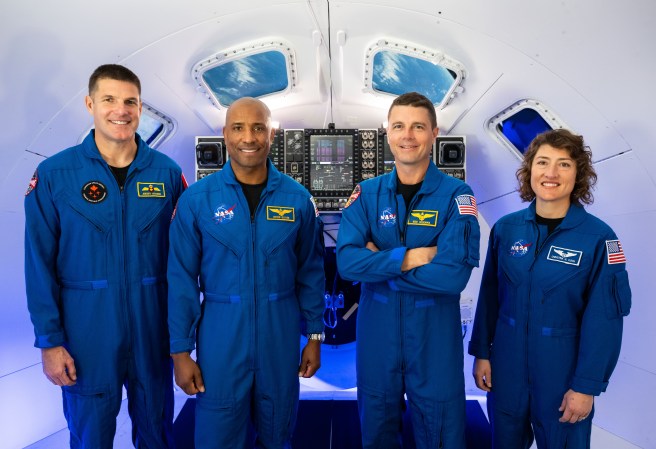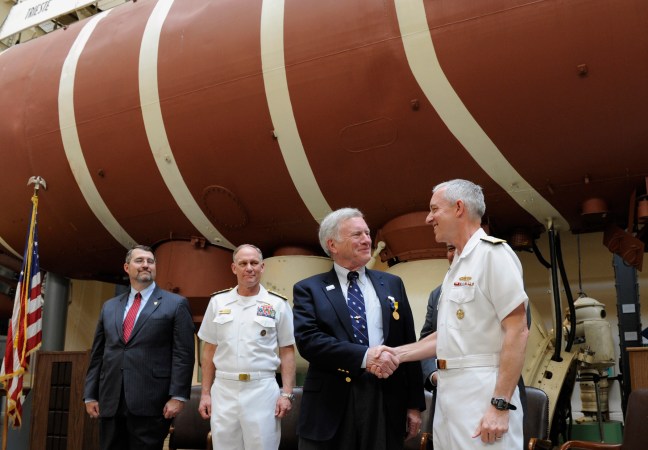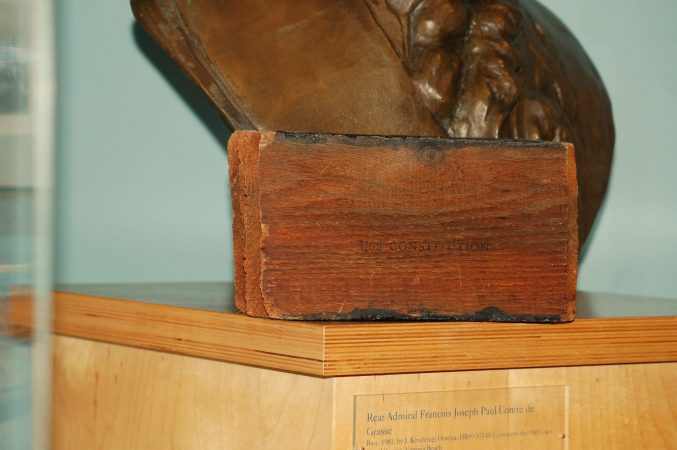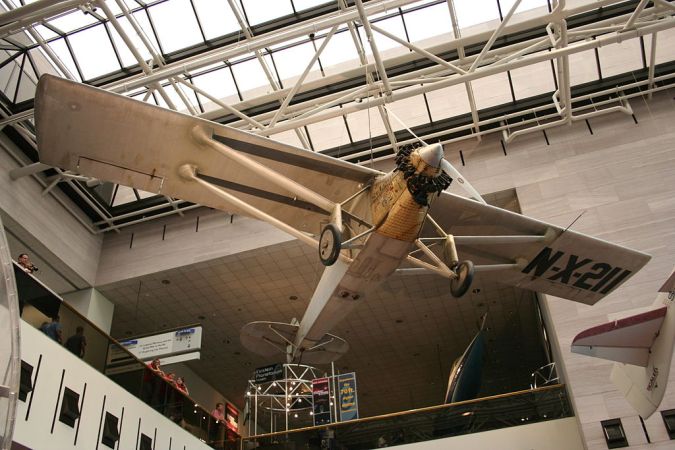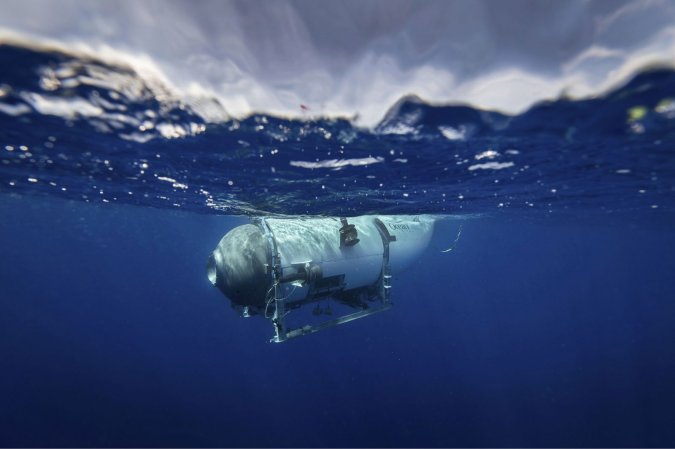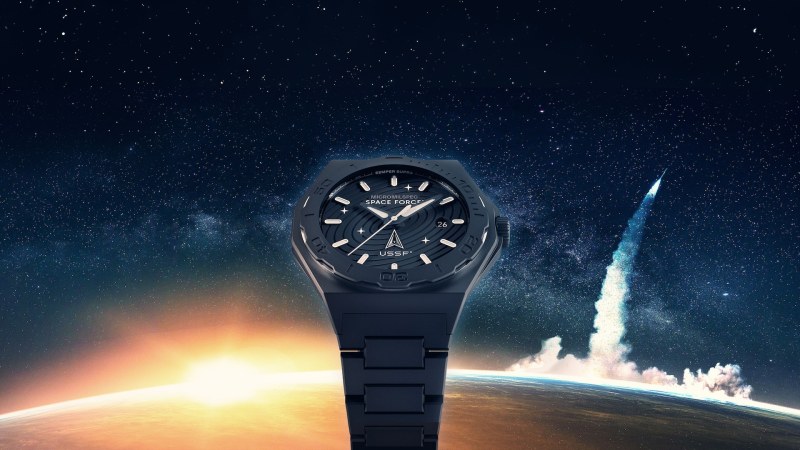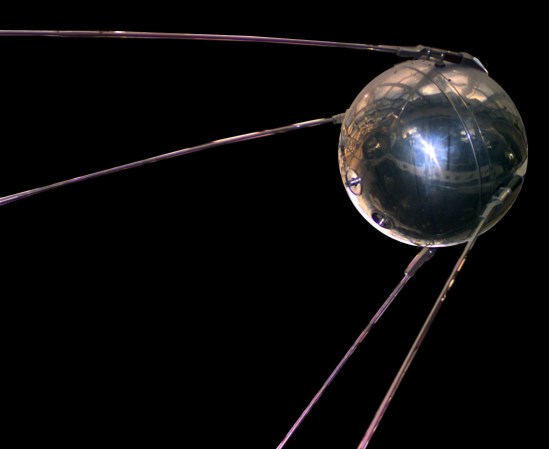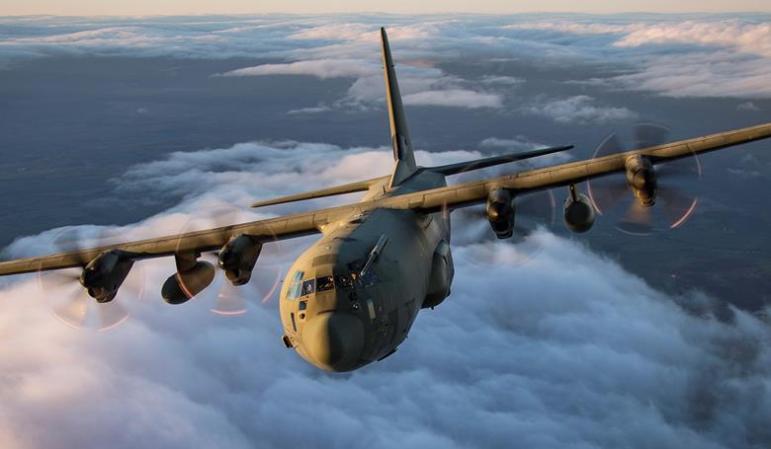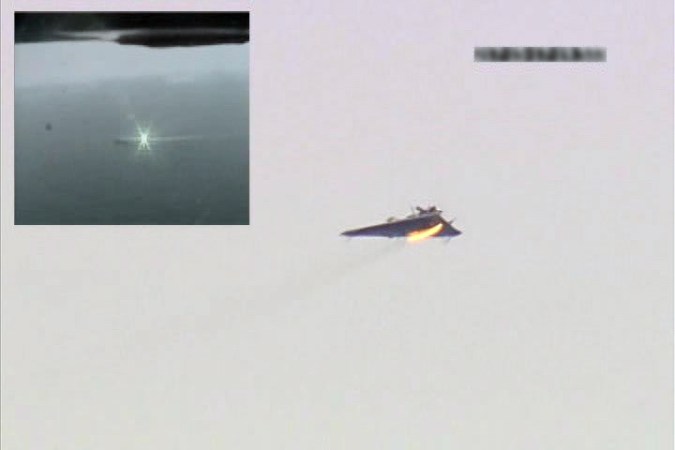NASA is conducting extensive research before sending humans to Mars. In order to ensure a successful mission to the Red Planet, year-long simulations are being conducted at the Johnson Space Center in Houston. Crew Health and Performance Exploration Analog missions aim to simulate the challenges and limitations of living and working on Mars for a year through a ground-based mission. The first CHAPEA mission crew includes a Navy microbiologist.

On June 25, 2023, four volunteers were locked in a 1,700-square-foot, 3-D-printed Mars habitat. The environment features living and working quarters and a simulated Martian surface. For 378 days, the crew of four will simulate the challenges of a real Mars mission. The crew includes mission commander and research scientist Kelly Halston, flight engineer and structural engineer Ross Brockwell, medical officer Nathan Jones and microbiologist Lt. Anca Selariu.

Lt. Selariu earned her first Bachelor of Science in Philology from the University of Transylvania in Romania. Her second B.S. was in biochemistry which she obtained from Montclair University in New Jersey. Lt. Selariu earned a doctorate in interdisciplinary biomedical sciences from Rutgers University, New Jersey and completed a postdoctoral fellowship at the Prion Research Center, Colorado State University in Fort Collins. She currently serves as a microbiologist with Naval Medical Research Unit Indo-Pacific.

Together, the CHAPEA crew will have to overcome resource limitations, equipment failure, communication delays, and other environmental stressors. “The simulation will allow us to collect cognitive and physical performance data to give us more insight into the potential impacts of long-duration missions to Mars on crew health and performance,” said Grace Douglas, CHAPEA principal investigator, in a NASA news release. “Ultimately, this information will help NASA make informed decisions to design and plan for a successful human mission to Mars.”

The four crew members were selected from a 2021 call for applicants. Theirs is the first of three planned CHAPEA missions, each a year long. In the near future, NASA aims to establish a long-term presence on the Moon through the Artemis program. This will set the conditions for future missions that will take astronauts to Mars, with lessons learned from CHAPEA.



